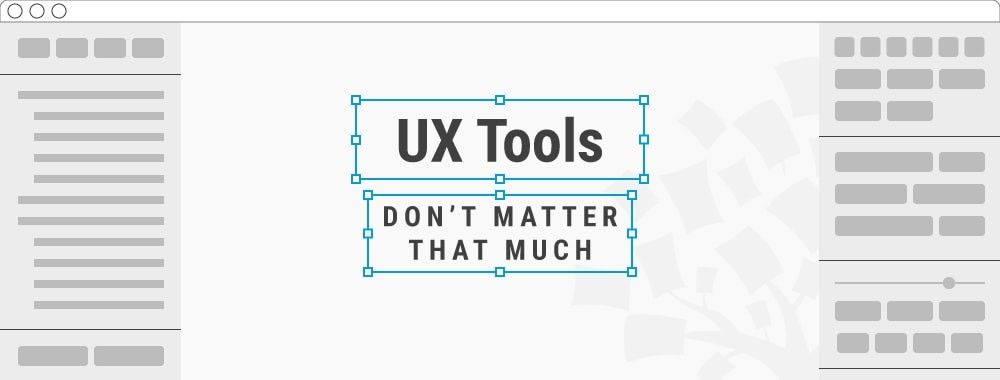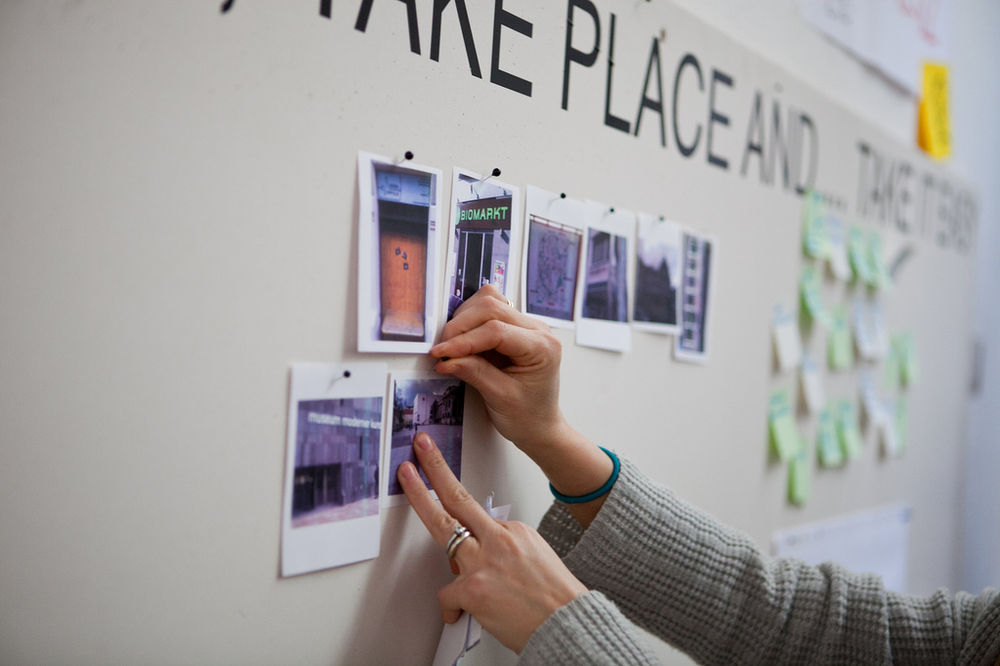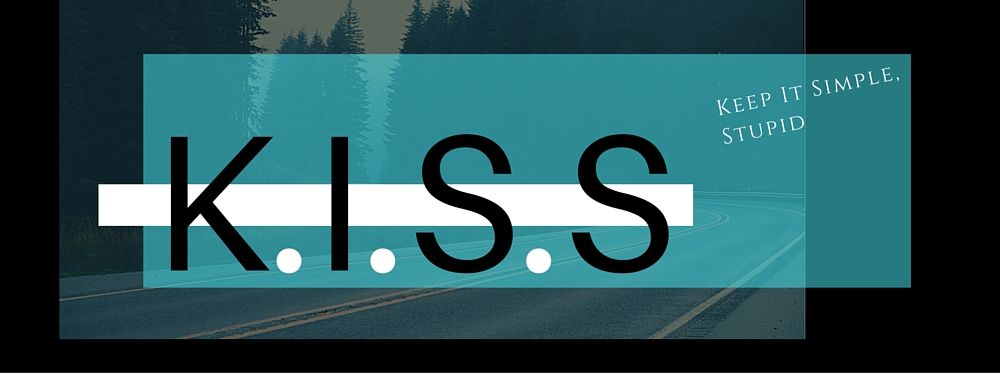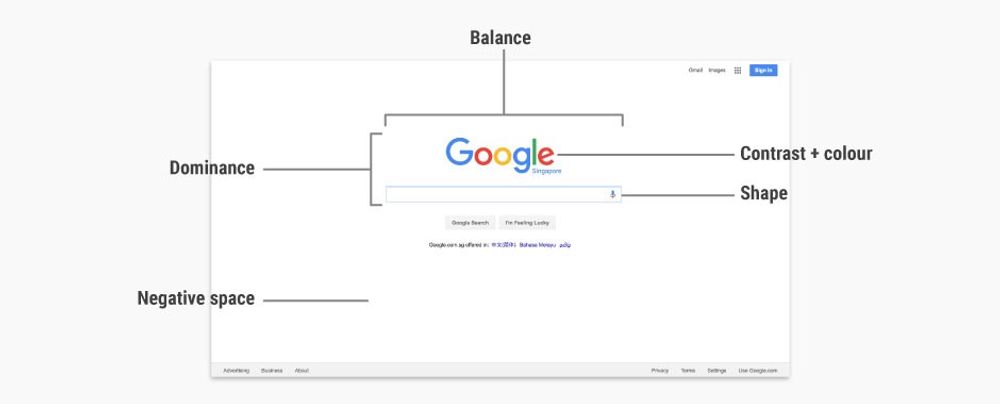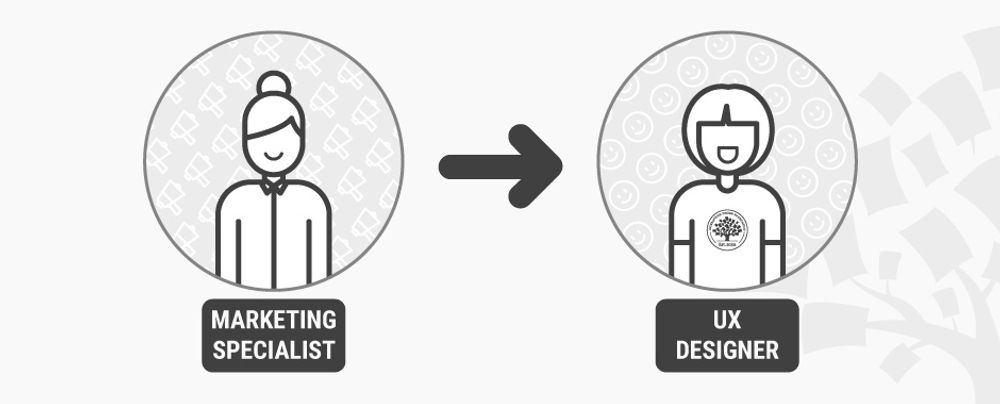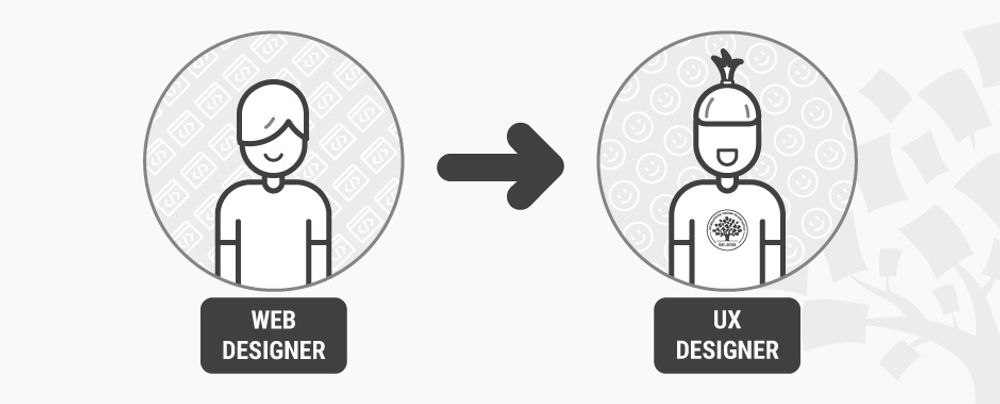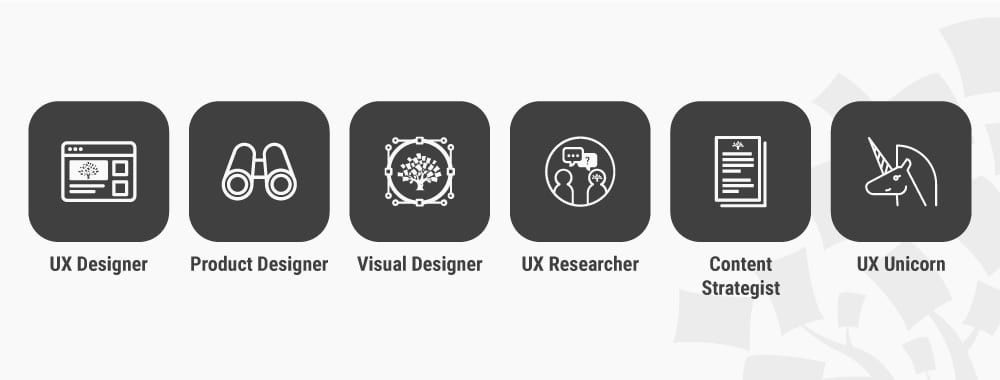Oh, how we UX designers love our tools. After all, with new UX tools released every year and tons of new articles on tools published every day, it’s difficult not to get swept away by the newest and shiniest. Here at the Interaction Design Foundation, we also get a lot of questions about what UX tools a newcomer should learn. But what if we told you that they matter less than you think? That while they play a role in your design process, they’re not the most important thing you should worry about? Well, we actually have 4 very good reasons why—from how you should focus on what you do instead of which tool you use, to how UX experts and recruiters agree.
Still in disbelief? Well, please hear us out first if you want to be a great UX designer. Despite the buzz around UX tools, you need to tune out the noise and listen to the signal, and we’ll repeat it again: your UX tools don’t matter that much. We’re not saying you shouldn’t learn any UX tools or that they’re bad, but rather that you need to adopt the right mindset when it comes to the role they play in your career.
Let’s go through our 4 good reasons why.
Because What You Do Matters More Than Which Tool You Use
As a UX designer, knowing what you want to achieve is more crucial than which tool you use to do it. When you apply for a UX position, how you think and what you know will determine whether you’ll get hired, not which tools you use. In other words, UX design is all about your design knowledge and how you apply it to create great and useful results—and not so much about which tool you use to apply that knowledge.
Let’s take a concrete scenario to illustrate this. Imagine you want to create a signup / login screen for a mobile app. To do a great job, you’ll need to know what goes where. Do you want to include name and email fields? What about a password field? How many steps should the signup flow contain? And, above all, why did you choose your answers to those questions? These are the important considerations you should start with.
If you start with which UX tool you should use—Sketch or Adobe XD?—then you’ll miss the big picture. You’ll likely create something that’s trendy, rather than something that will work for your users.
For example, the signup / login screen below, designed by Sourabh Barua and posted onto Dribbble, is beautiful. But it doesn’t observe UX best practices and thus isn’t really good design.

Sourabh’s design for a login flow looks beautiful but has much room for improvement through good UX principles. Author / copyright holder: Sourabh Barua. Copyright terms and license: Fair Use.
Here are a few problems with the design above:
The “Login Now” and “Create Account” buttons compete for prominence and can confuse users. “Login Now” uses bright color to signify that it’s a primary button that you should pay attention to. On the other hand, “Create Account” uses drop shadow to simulate elevation from the page, which also signifies its importance to the reader. So, which is more important?
The title of the second page, “Keep Connected”, fails to help you understand the page you’re looking at. This is because the words “Keep Connected” bear no link to the login function of the page.
The “Get Login” button text on the second page is difficult to understand, since logging into your account is not something you “get”. This wrong use of metaphor creates a wrong mental model in the minds of users and makes it just a bit more complex to use.
The green tick icon is used twice in different ways on the second page, which means users have to think harder to “switch” between the 2 meanings of the same icon. In the email field, it’s used as a static feedback icon to symbolize that the email address has the right format. Below the password field, however, it’s used as an interactive check option for “Remember Me”. The fact that the check option is interactive while the email tick isn’t makes it even more likely to confuse users.
In contrast, Facebook’s login screen shown below is straightforward and easier to use. It’s not exceptionally beautiful, but it doesn’t have to be.

Facebook’s login screen is less beautiful but significantly easier to use. Author / copyright holder: Facebook. Copyright terms and license: Fair Use.
If you don’t start with important UX considerations, you will not create a good solution regardless of the tool you use. On the other hand, if you start with what you want to achieve first, you’ll be able to create outstanding solutions with just a pencil and sheets of paper!
Because Tools Change All the Time
Tools change rapidly. The popular prototyping tool Sketch, for instance, updates every month, and so do other UX tools. New tools and third-party add-ons to existing tools are being released all the time, too.

Sketch released 12 big features in 2018—that’s an average of one every month—according to its blog post. Author / copyright holder: Sketch. Copyright terms and license: Fair Use.
This means if you focus on tools, your vision becomes short-sighted. You need to see past the newest and shiniest tools in order to stand on solid ground as a UX designer. If not, you’ll find yourself constantly chasing the newest updates. You’re likely to get overwhelmed by that and lose sight of the UX principles that truly make the difference in your designs.
You won’t stand out if you focus on tools. But you will if you focus on unchanging design principles. In the next decade, you’ll use drastically different tools. In contrast, the psychological knowledge and design principles you’ll apply are exactly the same, because human psychology and motivations are constant over time. Focus on the latter, and you will have a long-term and future-proofed advantage.
Because Different Companies Use Different Tools
Focus all you want on UX tools, and the company you join might be using a different set of tools. A company might use Adobe XD to create high-fidelity prototypes, then export the designs to InVision for adding interactions and animations. Another might use Balsamiq for wireframing, Sketch for prototyping and Zeplin for handing designs off to developers.
And in 5 years, the tools they use will probably be different.
In other words, your ability to learn and adapt to tools matters more than your ability to use a specific tool. You should let go of the idea that there is a single best tool for a UX designer, and adopt the mindset that tools are interchangeable and replaceable. As you join a new company, or even as your current company shifts its focus, you will find yourself having to learn new tools to support what you want to create.
Because UX Experts and Recruiters Agree
Need more convincing? Hear from these UX experts and recruiters who agree with us.
Dan Rosenberg, who spent more than 18 years as the top UX design executive at two of the world’s largest software companies, Oracle and SAP, where he led their global UX efforts across all product lines, has the following to say about the hard skills that a new UX designer should possess. Dan has over 35 years of experience in UX and has hired more than 1,000 designers.
To Dan, what a UX designer can produce—interactive prototypes, wireframes, journey maps—is more important than the tool used to create it.
Frank Chimero agrees. Frank has over 15 years of experience as a designer and is the co-founder of Abstract, a collaboration tool for Sketch. He says:
“Creative people tend to romanticize their tools. We place them on pedestals as the conduits for our ideas and the enablers of our craft. Contrastingly, though, I think all creatives believe that a good tool does not make a good designer, and a good designer does not need top-of-the-line special tools.”
—Frank Chimero, Co-Founder, Abstract
Finally, Tanner Christensen, Product Designer at the popular ride-sharing company Lyft, has this to add:
“I have never met a designer who got a job because of the tools they use... The tools we use are only ever as good as our reasons and methods for using them.”
—Tanner Christensen, Product Designer, Lyft
Tools Don’t Make the Design—You Do
By now, we hope we’ve convinced you that UX tools are not prized possessions that will make your portfolio shine. Your brains will. Well, the good news is with this insight, you’re now on the right track to becoming a great UX designer!
So, focus on timeless and unchanging design principles, and use them to inform your design decisions. Use your UX tools with intent, after you’ve carefully considered what needs to go into your designs.
Be an artist, not a paintbrush-wielder; a poet, not a pencil-user.
The Take Away
UX tools are incredibly useful. But they are also not the be all and end all that will make your designs or portfolio amazing on their own. Contrary to popular sentiments, UX tools are less important than you think. This is because:
What you do is more important than which tool you use.
Tools change all the time, while design principles are timeless and immutable.
Different companies use different tools, so being able to adapt to new tools is far more crucial than being like a software jockey who’s skilled only at using one or some.
UX experts and recruiters don’t hire based on tool proficiency, but on your knowledge of design principles, your approach towards solving a problem, and how well you can put that knowledge into great use.
References and Where to Learn More
Sourabh Barua’s login screen prototype can be found on Dribbble here.
Read Frank Chimero’s musings on the power of sketching with a pencil—where he also talks about how creative people romanticize tools here.
You’ll also enjoy Tanner Christensen’s insightful article on UX tools, “What We Don’t Talk About When We Talk About Design Tools”.
Hero image: Author / copyright holder: Teo Yu Siang and the Interaction Design Foundation. Copyright terms and license: CC BY-NC-SA 3.0
